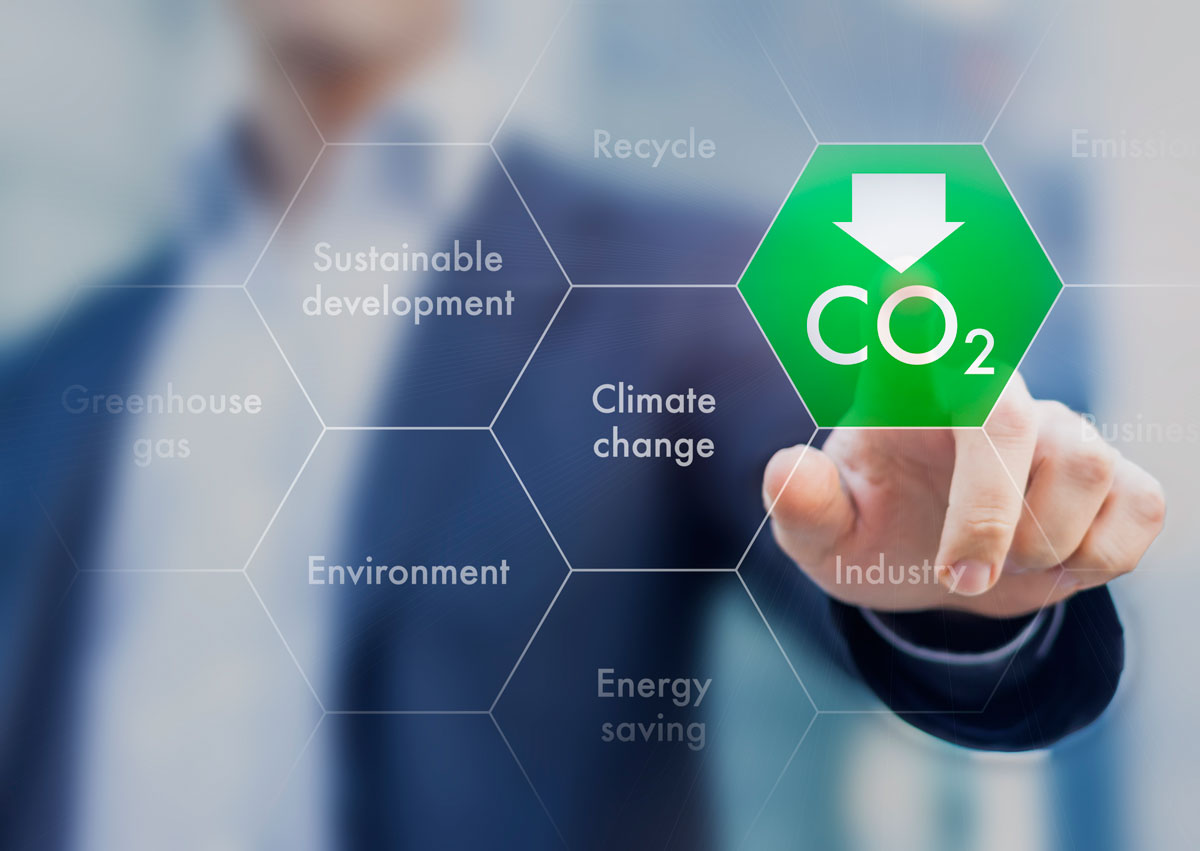SAVING PLANET EARTH
Paris sealed the biggest climate deal ever post tough, discordant negotiations of eight years as 196 nations agreed to arrive at a common world order that is likely to impact the way economic activity will be conducted and also the way in which people will live their lives, writes Priyanka Bhardwaj. (@Siliconeer, #Siliconeer, #PriyankaBhardwaj, @narendramodi)
Terming it as “a health insurance policy for the planet” the United Nations Secretary General Ban Ki-moon said, “it will be a victory for people, for the common good, and for multilateralism as nations unanimously rise to the defining challenge of current times.”
The accord embodies the pledges of both the developed and developing world to come in differentiated ways to lower greenhouse gas emissions, the cause of global warming and consequent climate change, in the context of sustainable development and poverty eradication.
The lead is clearly to be shouldered by the developed world with funds and technical resources amounting to more than $100 billion per year, a previous ballpark figure.
For far too long grouses had prevented any happy compromises.
While the developed world resented “differentiation” that amounted to assigning them the sole responsibility of absolute emission reduction targets as underlined in the framework of the Kyoto Protocol in 1997, the developing world harbored zeal to zoom up their economies and therefore hesitated to contribute to climate actions without massive support from developed countries.
However, “ambition” became the deal clincher, brilliantly buttressed with the French diplomacy, in a city recently ravaged by bomb explosions that left hundreds dead and scores injured!
On one hand if “differentiation” has been retained in a diluted form, and on the other containing the rise of global temperature to “well below 2 degrees Celsius” above pre-industrial levels and pursuance of efforts towards a 1.5 degrees C temperature limit, an existential concern of the small island states and least developed countries, are the new resolutions.

Nations have been asked to undertake “nationally determined” contributions, even if they are just for adaptation purposes, and innovations in fossil fuel-free energy also figure in the charter.
For periodical monitoring every five years all countries would mandatorily submit mitigation contributions, more ambitious than the previous year’s, and inform on implementation, all of which will be scanned by a technical expert.
Additionally there would be a “global stock-take” to assess collective progress in achieving mitigation goals and financial contributions and dialog on burden-sharing between nations.
The comprehensive deal which gets effected when the Kyoto framework expires in 2020 is to come into force on the 30th day of the month when 55 of the highest emitting nations ratify the deal.
Purely from India’s perspectives, it cannot be better summed than in the words of the country’s Environment Minister Prakash Javadekar: “It is a historic day. The agreement gives a new hope to the future generation that the world will act collectively and give them a better earth.”
As an emerging economic powerhouse and a global environment leader India’s position has been of equity, and has ascribed equal emphasis to three fronts of mitigation, adaptation and support.
The nation is already on track of promoting concrete measures aligned with a low-carbon, sustainable economy.
Institution of a National Green Tribunal and targets for installing 175 GW of renewable energy, of which 100 GW would be solar and sought to be driven by Western funds as part of “climate justice” program, and synergies with the U.S., are drives in this arena.
An advocacy for a “solar alliance” has come from Prime Minister Narendra Modi to enable poor countries to use solar technology to achieve their renewable energy commitments.
![]()
Two significant India-led initiatives at Paris are — Mission Innovation launched jointly by the U.S., France and India, with the help of the Bill and Melinda Gates Foundation, on development of green technologies, and the creation of the International Solar Alliance of 122 countries with abundant sunlight, with headquarters of this alliance to be situated in Delhi.
While there may be corrective actions galore the humongous scale of the climate change problem as evidenced in the recent distressing layers of smog engulfing most of North India this prevailing winter have been a cause for nightmare.
Many parts of the national capital pollution are experiencing 500 micrograms per cubic meter (µg/m3) and above even as the recommended limit is 2.5 µg/m3.
It is doubtful if the Delhi state government’s “odd-even scheme” (the formula where odd number cars are to ply on odd dates and even numbered cars on even dates) leads to positive impact or inconvenience.
A recent study conducted by the Indian Network of Climate Change Assessment in 2010 suggests that many provinces have witnessed a rise of two degree Celsius temperature severely affecting the eco-systems, water and health of the people.
Such environmental occurrences juxtaposed with the non-binding nature of large tracts of the Paris agreement Imperative and inabilities to fix a global carbon price world leaders may not have the once and for all prescription to the issue, but that the United Nations succeeded in establishing communication and sense of togetherness by concluding a Paris deal is a significant step forward.


